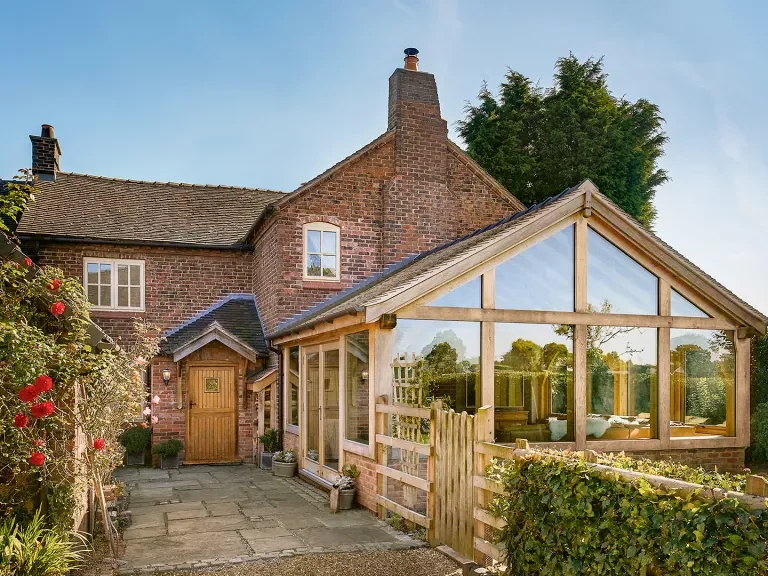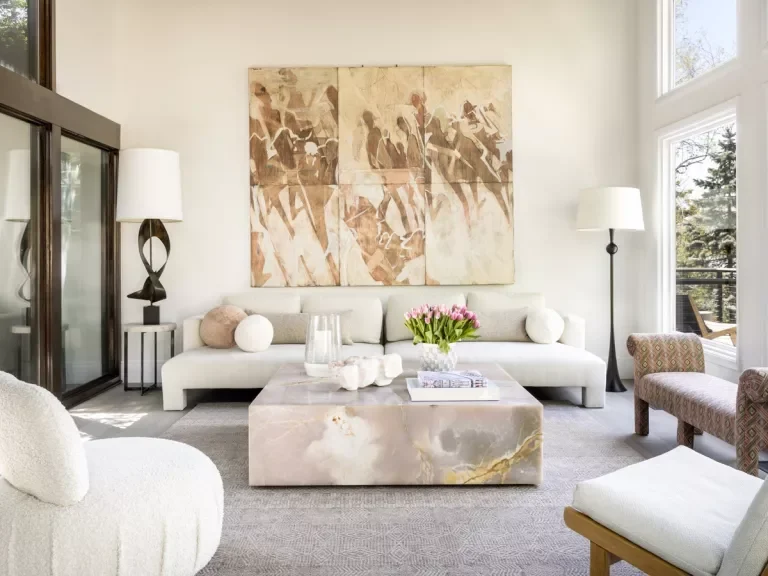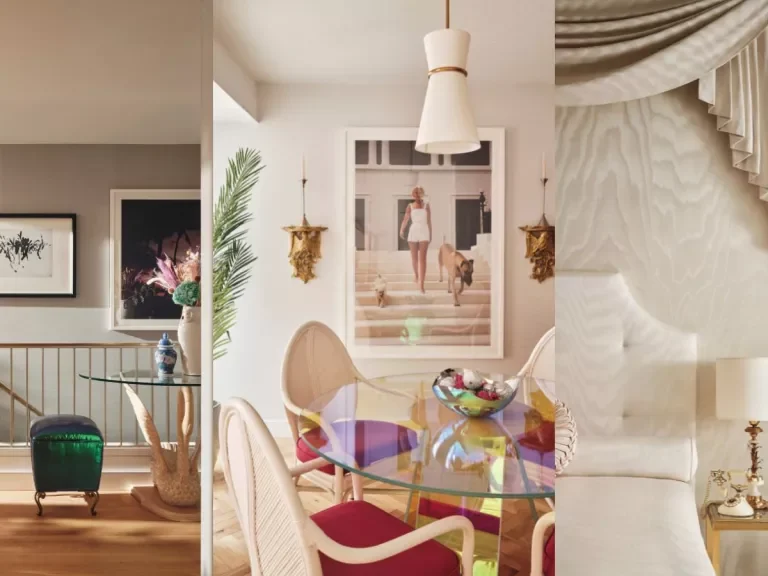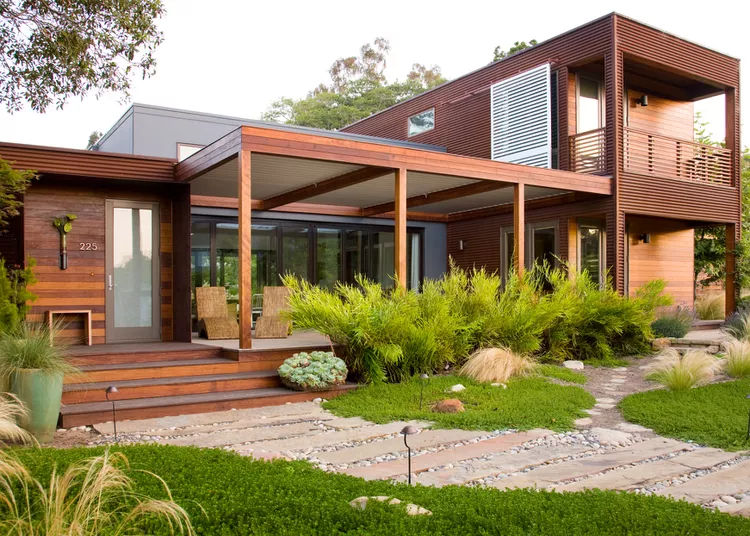Small Space, Big Impact: Design Hacks for Maximizing House Interiors
Are you living in a small house or apartment and struggling to make the most of your limited space? Don’t worry, because in this article, we will explore some ingenious design hacks that will help you maximize your house interiors, creating a stylish and functional living environment. With a few simple adjustments and clever ideas, you can transform your small space into a cozy haven that feels spacious and inviting.
Table of Contents
- Introduction: Making the Most of Limited Space
- Utilizing Vertical Space
- Embracing Light and Color
- Multifunctional Furniture Solutions
- Creative Storage Solutions
- Enhancing Visual Depth
- Mirrors: The Illusion of Space
- Optimal Furniture Placement
- Open Shelving and Floating Cabinets
- Utilizing Nooks and Corners
- Natural and Artificial Lighting
- Strategic Use of Mirrors
- Creating an Illusion of Space with Colors
- Maximizing Storage in Small Bedrooms
- Conclusion
1. Introduction: Making the Most of Limited Space
Living in a small space doesn’t mean compromising on style and functionality. By employing clever design techniques and utilizing the available space effectively, you can create a home that not only looks beautiful but also serves all your needs. Let’s explore some design hacks that will help you maximize your house interiors.
2. Utilizing Vertical Space
When floor space is limited, it’s essential to think vertically. Install tall bookshelves or storage units that reach up to the ceiling. This not only provides ample storage but also draws the eyes upward, creating an illusion of height and spaciousness.
3. Embracing Light and Color
Light and color play crucial roles in making a small space appear larger. Opt for light-colored walls and furniture to reflect natural light and make the room feel airy. Additionally, strategically placed mirrors can bounce light around the room, further enhancing the sense of space.
4. Multifunctional Furniture Solutions
Invest in multifunctional furniture pieces that serve multiple purposes. For example, a sofa bed can be used for seating during the day and transformed into a comfortable bed at night. Folding tables and nesting coffee tables are also great space-saving options.
5. Creative Storage Solutions
In small spaces, storage is key. Look for hidden storage solutions, such as ottomans with built-in compartments or beds with storage drawers underneath. Use wall-mounted hooks and racks to hang items and free up floor space.
6. Enhancing Visual Depth
Create an illusion of depth by using different textures and patterns in your interior design. Incorporate elements like textured wallpapers, rugs, and curtains to add visual interest and make the space feel more layered and expansive.
7. Mirrors: The Illusion of Space
Mirrors are a small space’s best friend. Place large mirrors strategically to reflect light and give the impression of a larger room. Mirrored furniture, such as cabinets or side tables, can also contribute to the illusion of space.
8. Optimal Furniture Placement
Be mindful of how you arrange your furniture. Avoid blocking natural pathways and keep furniture away from windows to maintain an open and spacious feel. Place furniture against walls to create a sense of openness in the center of the room.
9. Open Shelving and Floating Cabinets
Open shelving and floating cabinets are great alternatives to bulky, floor-standing units. They provide storage while maintaining an open and airy atmosphere. Display decorative items, books, or plants on open shelves to add visual interest to the space.
10. Utilizing Nooks and Corners
Small nooks and corners often go unused but can be transformed into functional spaces. Install floating desks or shelves in these areas to create mini workstations or display zones. Utilize corner shelves to maximize storage while adding a unique touch to your interiors.
11. Natural and Artificial Lighting
Ample lighting is crucial in small spaces. Maximize natural light by keeping windows free from obstructions. If natural light is limited, incorporate artificial lighting sources strategically. Use a combination of ambient, task, and accent lighting to create a warm and inviting atmosphere.
12. Strategic Use of Mirrors
Mirrors can do wonders in expanding the visual space of a small room. Hang a large mirror opposite a window to reflect natural light and make the room feel more open. Additionally, placing mirrors on walls adjacent to each other can create the illusion of an extended space.
13. Creating an Illusion of Space with Colors
Choose a light and neutral color palette for your small space. Light colors reflect light, making the room appear larger and brighter. Opt for shades of white, beige, or pastels to create a visually open and airy environment.
14. Maximizing Storage in Small Bedrooms
Small bedrooms often pose storage challenges. Make use of under-bed storage containers or opt for beds with built-in storage compartments. Install wall-mounted shelves or floating nightstands to free up floor space. Utilize the vertical space with tall wardrobes or storage units.
15. Conclusion
Living in a small space doesn’t mean sacrificing style or functionality. By implementing the design hacks mentioned above, you can transform your compact house or apartment into a visually appealing and efficient living environment. Remember to utilize vertical space, embrace light and color, invest in multifunctional furniture, and get creative with storage solutions. With careful planning and smart design choices, you can make a big impact on your small space.
FAQs (Frequently Asked Questions)
Q1: How can I make a small room appear larger? A1: You can make a small room appear larger by using light colors, incorporating mirrors, maximizing natural light, and utilizing smart storage solutions.
Q2: What are some multifunctional furniture ideas for small spaces? A2: Some multifunctional furniture ideas for small spaces include sofa beds, folding tables, nesting coffee tables, and ottomans with storage compartments.
Q3: How can I create storage in a small bedroom? A3: To create storage in a small bedroom, utilize under-bed storage containers, install wall-mounted shelves, and opt for beds with built-in storage compartments.
Q4: What colors should I use in a small space? A4: Light and neutral colors work best in small spaces as they reflect light and make the room appear larger. Opt for shades of white, beige, or pastels.
Q5: How can I maximize vertical space in my small house? A5: Maximize vertical space in your small house by installing tall bookshelves, storage units that reach the ceiling, and utilizing wall-mounted hooks and racks.







